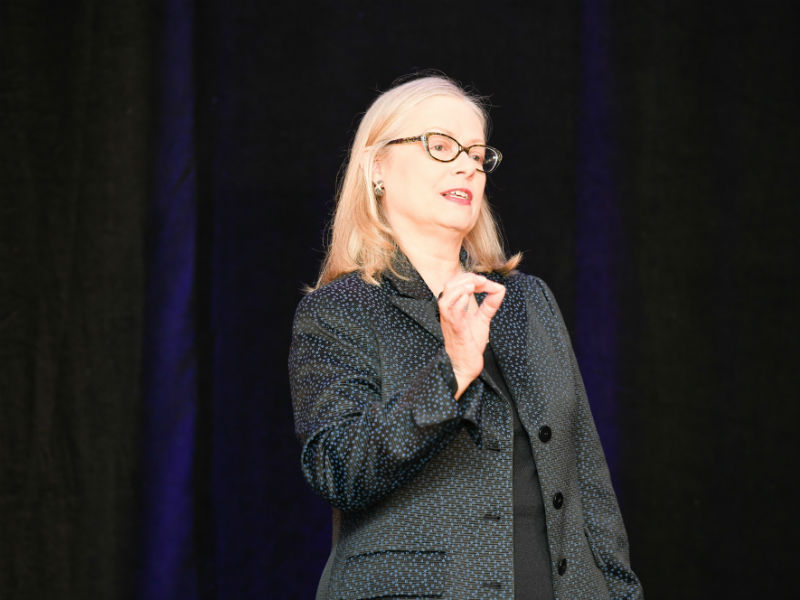

With cohorts in the workforce behaving differently as they prepare for retirement, it’s important for plan sponsors to consider these differences along gender and generational lines.
At Benefits Canada’s 2019 Defined Contribution Investment Forum in Toronto on Sept. 27, Jean Young, senior research associate at the Vanguard Center for Investor Research, shared a survey that found women (60 per cent) are slightly more likely than men (58 per cent) to participate in voluntary retirement plans. However, women have a slightly lower savings rate, at 6.5 per cent, compared to an average seven per cent among men in the same plans.
Research also demonstrates women have lower levels of financial literacy, she said, and they’re more likely to remain in a single target-date, whereas men are more likely to be more active with their investments. However, this can put men at a disadvantage. “We know that when people trade, they usually trade to their detriment.”
Read: Bridging the pension gender gap
Meanwhile, men’s account balances, on average, are much higher than women’s, said Young, noting this primarily boils down to the gender wage gap. “This is where the story gets a bit sad, because the account balances for men on our platform are 30 per cent higher on average and about 40 per cent higher at the median.”
However, when the research accounts for choice of occupation, the gap does narrow, she added. “When we put it all together and we look at account balances by income band, what we find is that those differences have largely disappeared. So on the surface it seems like men have higher wealth accumulations, but we see it really as a function of wages.”
For example, Young’s own position as a researcher in a financial field means she’s working in a higher-paid, traditionally male-dominated profession, while her sister makes significantly less money as a teacher.
Another way to track progress is dividing by generation. “We looked at the age of the different generations in 2016. If you have a 25-year-old millennial, you really don’t want me to compare them to themselves when they were 15. The right comparison for this research, we think, is to compare them to the same age people, in these plans, 10 years prior and see if anything changed.”
Read: Plan sponsor tools for closing the pension generation gap
While the research found all generational cohorts have experienced improvement in their 401(k)-style savings arrangements, millennials are seeing the biggest boost because they’re the generation most heavily captured by the recent popularity of automatic enrolment, said Young.
And though late baby boomers were the first cohort to have access to these types of savings plans for the majority of their careers, which has boosted their account balances, auto-enrolment is the tide that lifts all boats, she added.
It also sets women on a better path to higher account balances. “The biggest benefits from automatic enrolment accrue to the lower wage population. The biggest driver of participation and savings rates is income. And because women skew lower income, they’re actually benefiting from the auto [features] more than the men.”
Read more coverage from the 2019 Defined Contribution Investment Forum.
